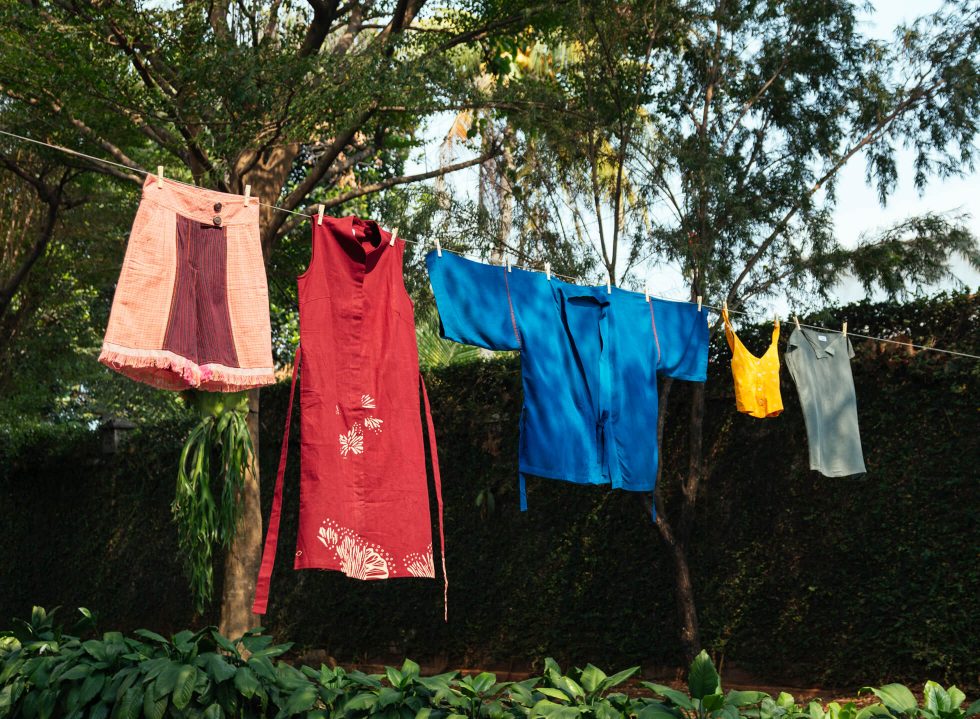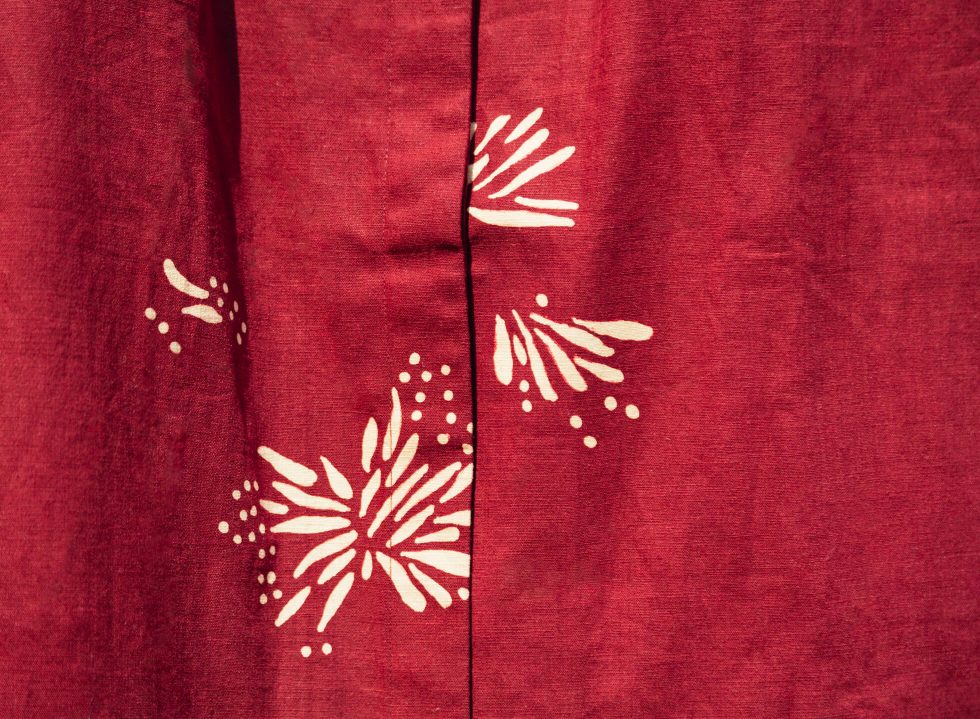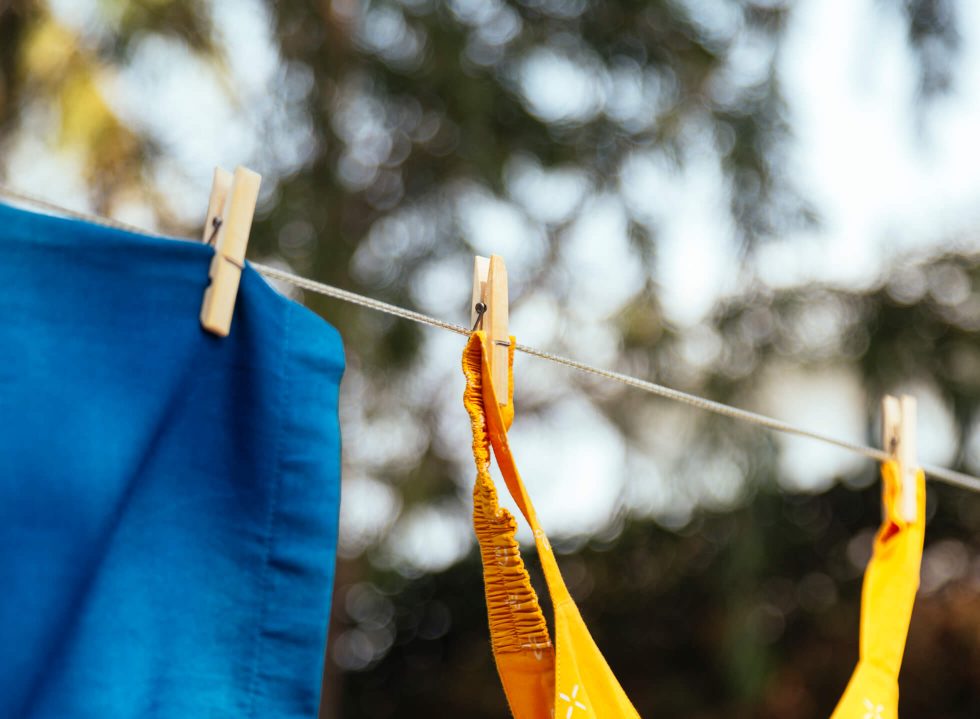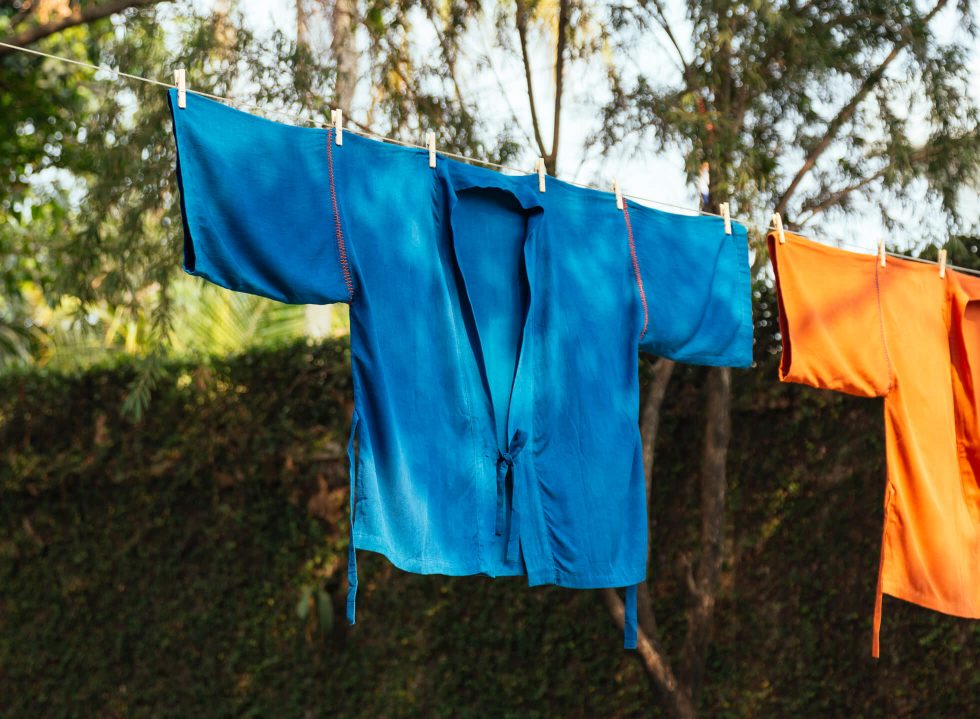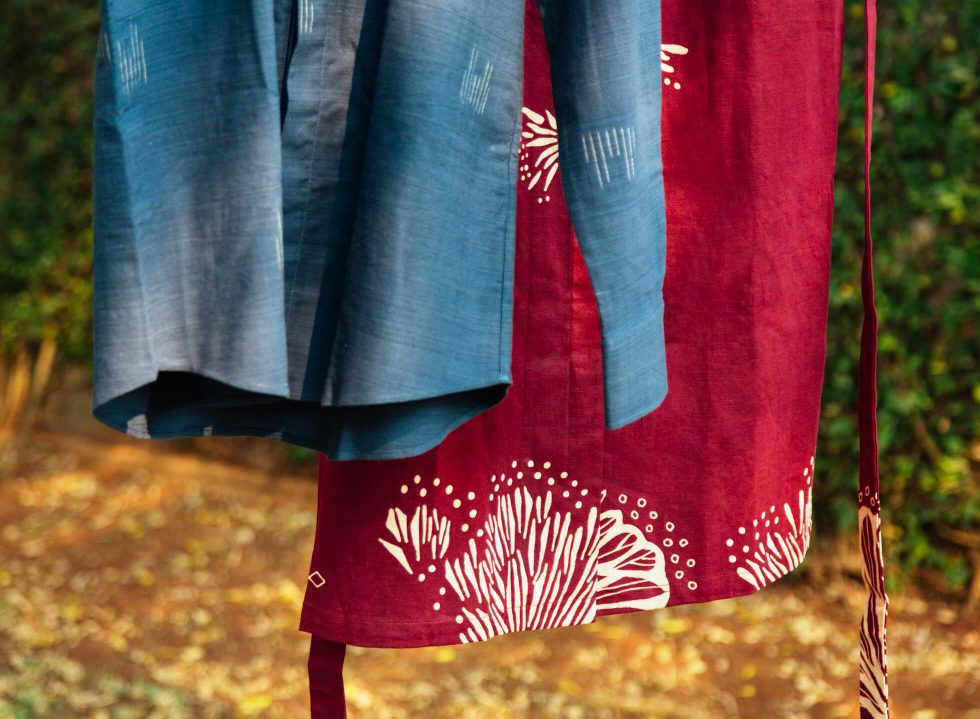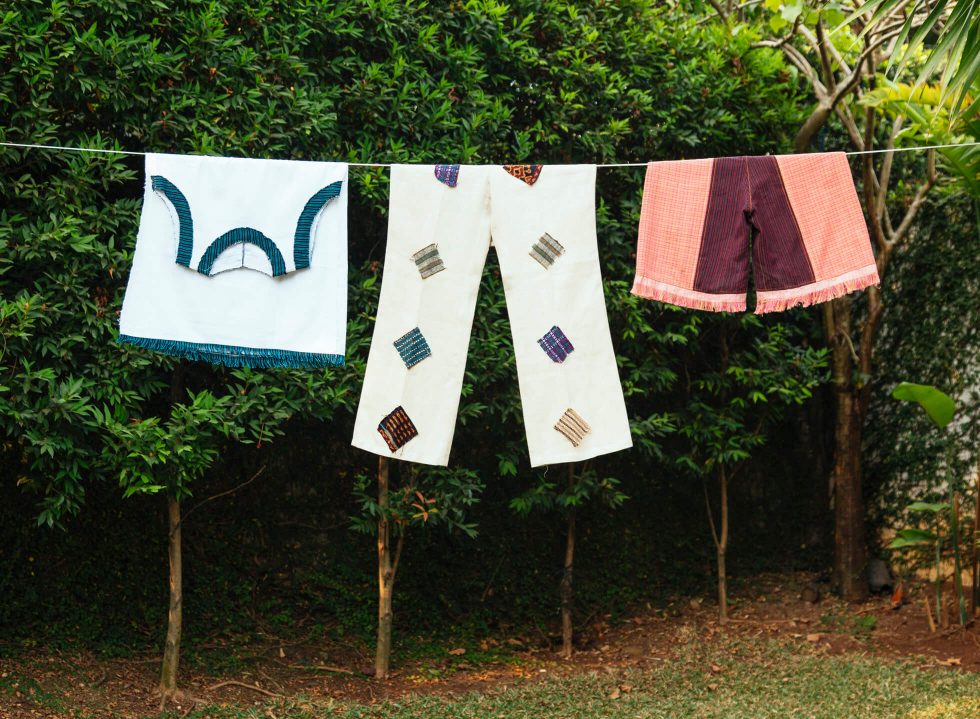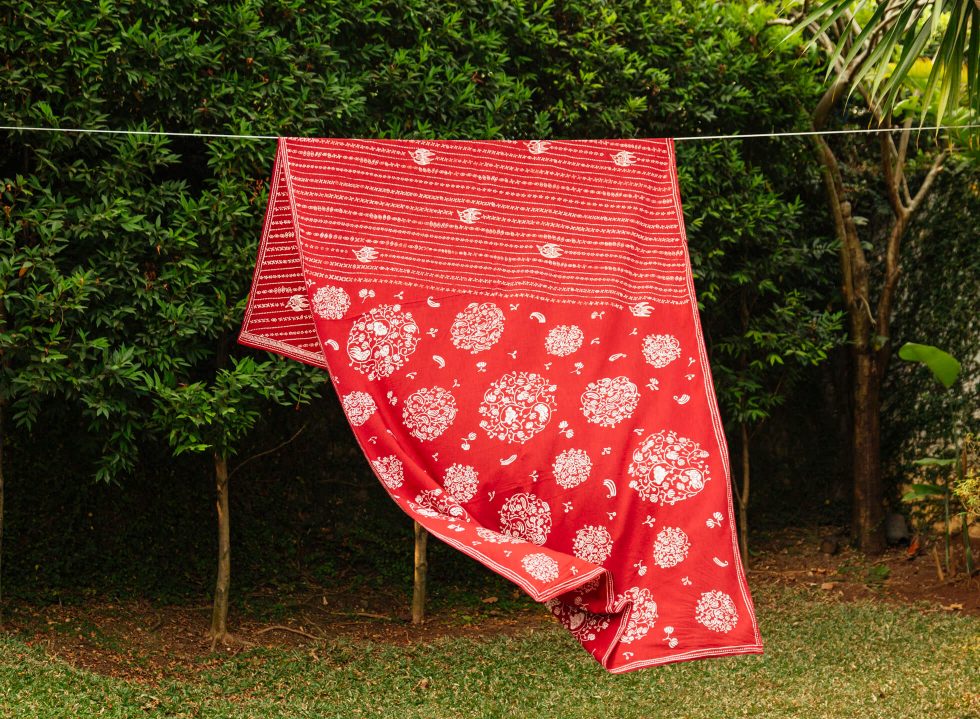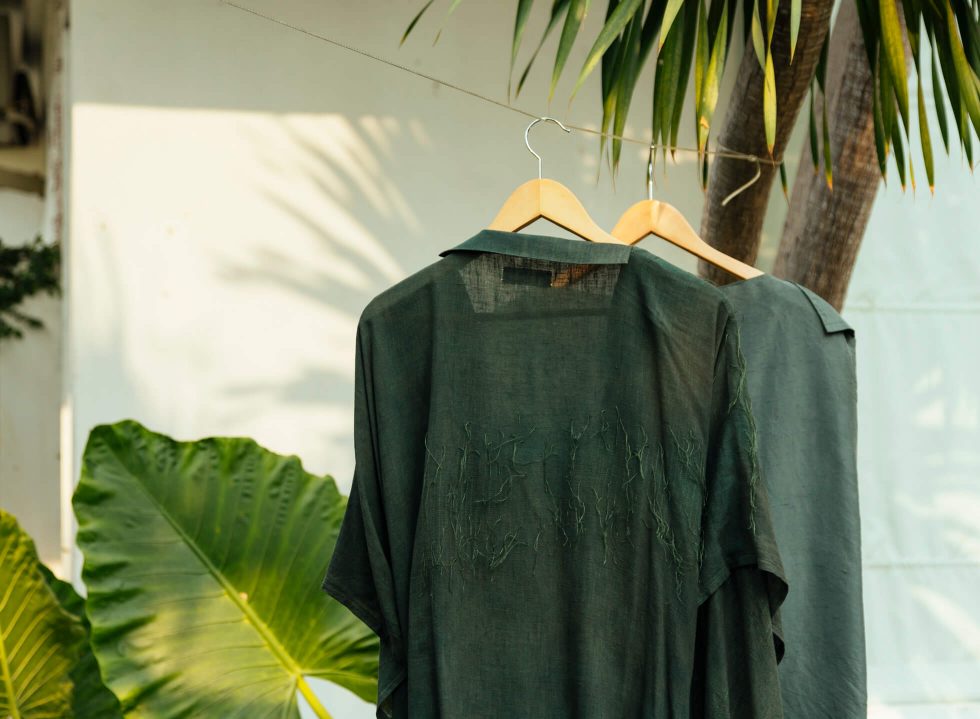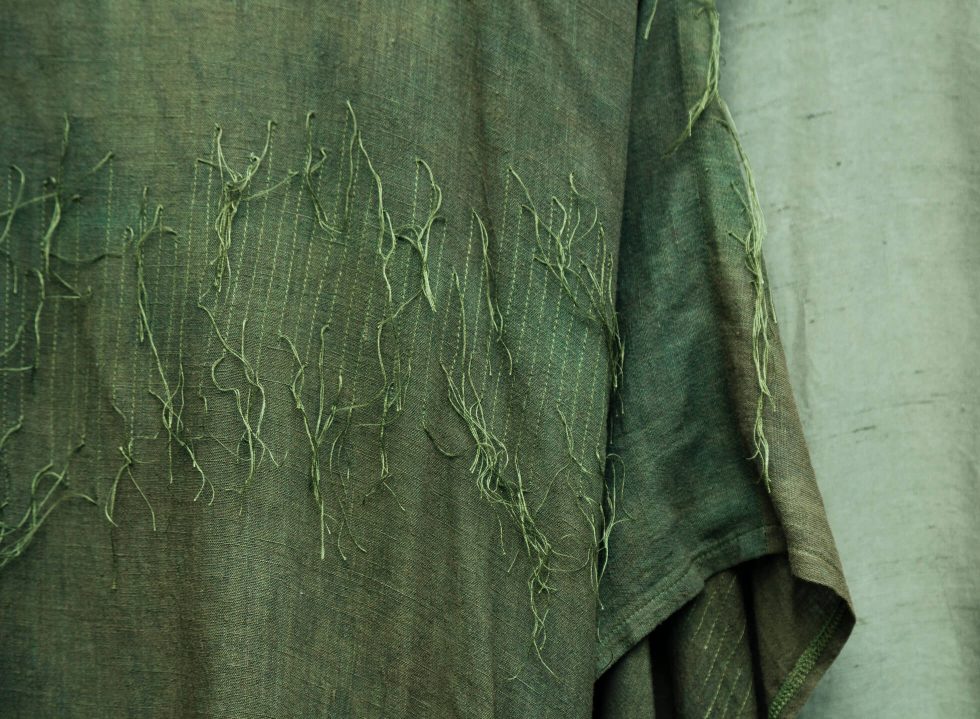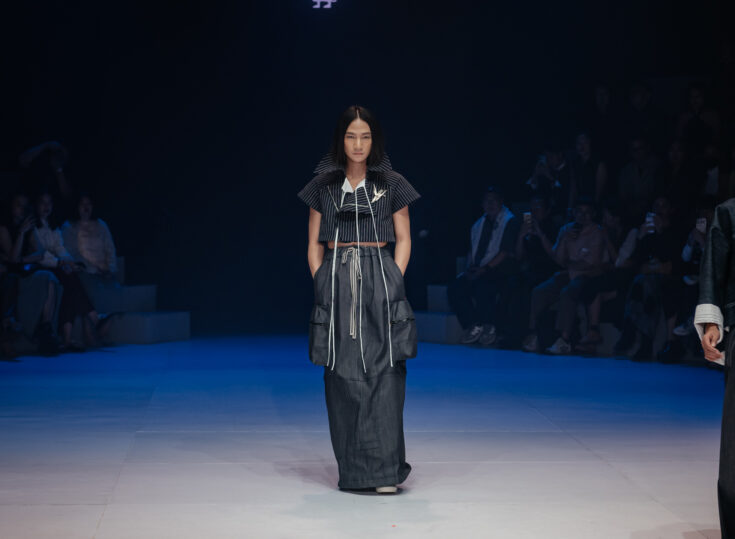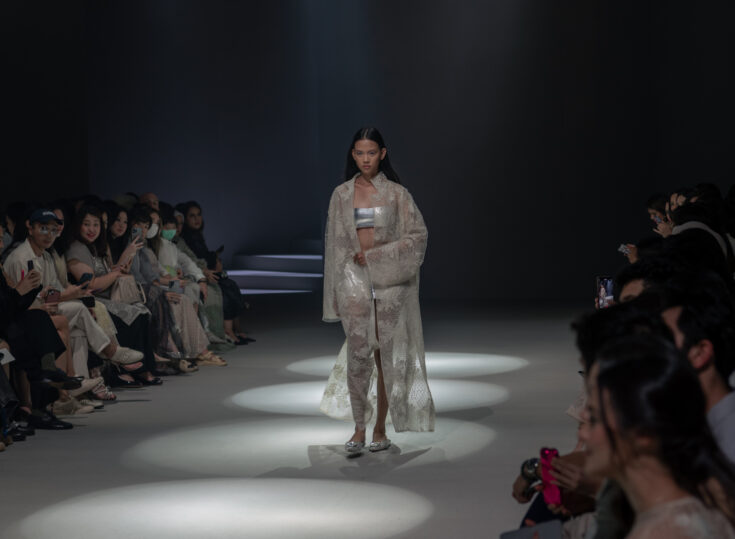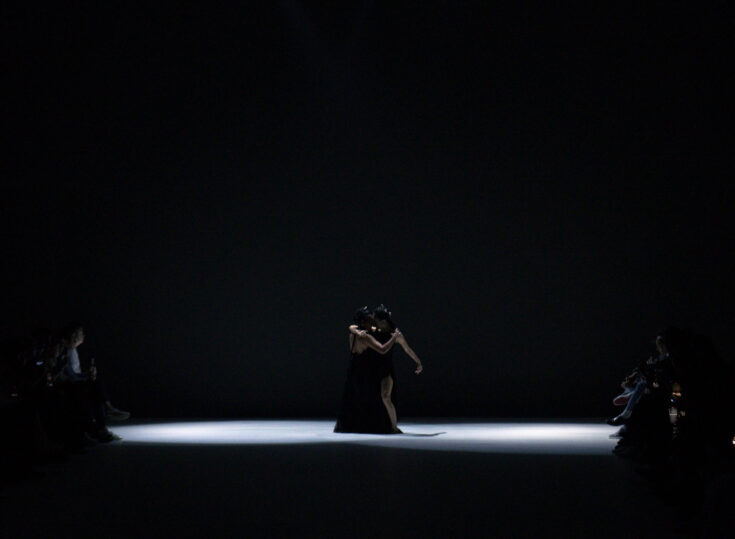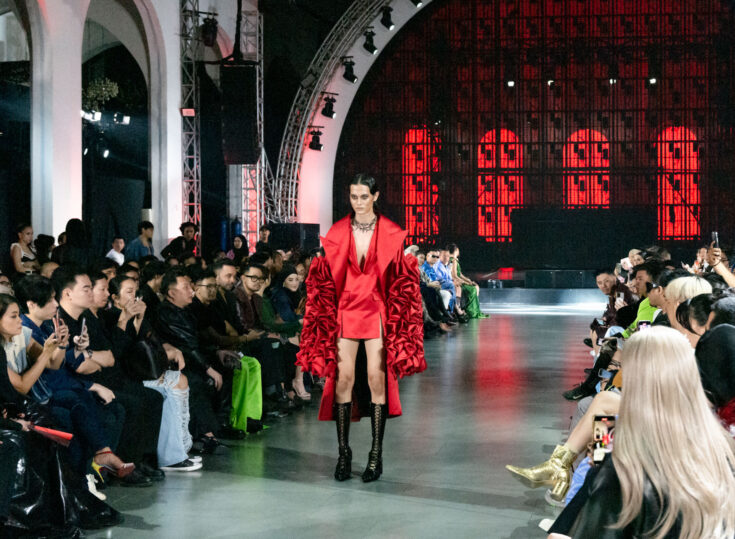When Rana Plaza, a garment factory for fast fashion brands in Bangladesh collapsed in April 2013 and caused the death of 1,100 garment workers and injured 2,500 more, the rest of the world witnessed in real-time one the gravest realities of the fashion industry. To some, business proceeded as usual as if these costs were inevitable risks that tycoons were willing to take to secure high-profit margins. The other side, however, met this incident with anger and disappointment for the unethical practices the industry has adopted and let slide away for so long. A change was due.
The literature on the impacts of the fast-fashion industry on society, humans and the environment alike, exists in abundance. Tragedies like Rana Plaza, wastage, documented and reported environmental pollution and its ripple effects, and many more in the long list embody everything we feared from the fast fashion industry: the literal human and environmental costs of an industry’s practices. Rana Plaza is not only a literal representation of our fears but also awakened many who were oblivious to these realities. These moved businesses and consumers for consciousness and accountability in fashion before the damages spiral even more out of control. In other words, a sustainable model.
In Indonesia, a surging number of ready-to-wear labels have taken the leap for conscious consumerism by adopting business ideals and practices for an altogether healthy industry, paving the way for slow fashion, a movement that embraces sustainable processes and fair treatment to all who are involved. It turns out, some have sustainability threaded in their DNA and approach it in many ways to nurture a fashionable industry–pun intended.
“As a brand, we [are open] to learn about new processes that are better [for the environment].” – Chitra Subhiyakto
Having the well-being of the environment in focus of a business is a pledge to sustainability. For Sejauh Mata Memandang, the label’s range of garments are all handcrafted from biodegradable fabrics such as cotton and linen. Recently, Sejauh has also started to embrace Tencel, a Global Organic Textile Standard (GOTS) certified textile made of palm wood that requires less water to process (the GOTS certification ensures environmentally and socially responsible manufacturing of the textile). “[Garments made of Tencel] won’t end up pilling in landfills and emit harmful gases like polyester would,” said designer and founder Chitra Subhiyakto. “As a brand, we [are open] to learn about new processes that are better [for the environment].”
Sejauh isn’t alone in this venture. Tencel, linen, organic cotton are fabric options that a handful of brands lean towards. Not to mention, all designs and colouring employ non-toxic natural dyes to avoid chemical waste and contaminating waterways. Names like fbudi, SukkhaCitta and Canaan are familiar labels who likewise, support sustainability with eco-friendly materials for their garments. “From the beginning, it was my personal interest to explore natural dyeing using plant dyes in Bali. It became our standard practice until today,” says Emmelyn Gunawan, founder and owner of Canaan.
Sustainability also means tackling the problem of waste, or scraps from remaining bits of fabric that are unusable for clothing items. These aforementioned brands deal with seemingly worthless scraps of fabric and repurpose them into valued piece of clothing and accessories. In sustainability lingo, this process is called upcycling. “The underlying concept is to be respectful for the things we have, respectful towards nature and the people around you,” says Felicia Budi. Indeed, while her label, fbudi, wasn’t intended to be sustainable per se, it’s Felicia’s passion and appreciation towards garments that prompted her to embrace the zero-waste approach.
“Circular in the sense that we no longer take natural resources, but instead utilise what’s already available.” – Felicia Budi
Upcycling isn’t a strange trend among slow fashion labels. Lekat by Amanda Lestari incorporates leftovers of tenun Baduy into her clothing designs, brooches, patchworks and necklaces. Meanwhile, Emmelyn sees an empowering and collaborative opportunity in the upcycling loop: in line with its mission to reduce waste, her brand Canaan passes their offcuts to a local accessory brand, Threadapeutic to be upcycled into collections of bags and other accessories. With zero-waste fashion on the rise, Felicia predicts that the fashion industry is moving towards circular fashion, “Circular in the sense that we no longer take natural resources, but instead utilise what’s already available; repurpose it so we wouldn’t yield any more waste,” she clears.
Speaking of waste within this discourse cannot omit the topic of waste produced by the other end of this business: the consumers who fall victim to an endless chain of trends we feel compelled to follow. As we dispose of our months-old garments for something new, nothing reminds us of the repercussions of this seemingly innocent act. The fact is, billions of tons of textiles are sent to landfills each year only to decompose and spike up methane levels in our atmosphere, which further precipitates climate change and its ripple effect of damages.
To address this end, sustainable fashion labels appeal to different senses to attract where storytelling and tangible qualities draw customers in for a conscious approach to fashion. “[Our] clothes are purposely designed to last; prioritising on comfort, particularly when worn under Indonesia’s warm climate. Sejauh Mata Memandang is ‘trendless’. We design simple clothes inspired by [traditional] Indonesian garments, and can be worn throughout the year, longer and even be given to your daughter,” Chitra explains. Denica Flesch of SukkhaCitta vouches for the same principle, “We design things that last, pieces in your wardrobe that you continue to wear even when it’s a couple of years old,” she says.
“Pieces made with traditional craftsmanship takes weeks to finish, requiring patience.” Denica Flesch
However, this model does come with challenges. “Pieces made with traditional craftsmanship takes weeks to finish, requiring patience,” says Denica. The hurdle of ethically produced garments comes with technicalities that are simply unavoidable. “[Garments] crafted by hand would definitely not be perfect because there’s [impact from] water, the sun, climate. Different weather impacts how the colours would be absorbed [in the fabric],” says Chitra. Nevertheless, she doesn’t let the challenges get in the way, “[We manage it] by planning, forecasting the weather and rain and working out the best time [to produce],” she said.
In addition to consistency, “Process [with natural dyes] is time-consuming,” Felicia admits. Her brand communicates the clothes’ quality to customers to convey value and meaning behind the clothes, “What we hope from customers is that they’d buy [the clothes] consciously. That’s why we have a certain standard and quality. As a consequence, our products come with a price tag. If it’s cheap, it’s likely to be lower in quality and is easily disposable, ” she continues. Chitra agrees, “What we should ask is why the clothes are cheap, not why they’re expensive. There are human and processes behind [the clothes],” said Chitra.
“We support [the artisans] in many ways, not just by providing good working conditions.” – Emmelyn Gunawan
If you find yourself among the pool of consumers who sceptically squint at big price tags, rest assured that the numbers are not for nothing. Sustainability is also interpreted as how it can develop and empower the community, just how fast fashion could destroy one.
SukkhaCitta is a social enterprise that aims to support communities in rural Indonesia. The brand lives by its #MadeRight standard; where each garment is made sustainably by female artisans in Java, Kalimantan and Flores paid at fair wages. Empowering their artisans is part of the brand’s agenda through a training programme. The result is a positive ripple effect in the community. “[Those women] started to ask to be involved in the capacity building in other villages and help other women because they’ve been helped,” said Denica. “The positive impact also goes to their children too. They can now provide healthier food and education for their children.” By centering production in villages, the brand is mindful of the potential impact of garment production on the environment and community.
Similarly for Canaan, the brand’s ethos, ‘a dwelling place for sustainability’, not only touches on their garments, but the people involved too, “Our mission is to prolong the things we do; collaborating [with artisans] and creating positive impacts, while also generating revenues to sustain our work,” says Emmelyn, “We support [the artisans] in many ways, not just by providing good working conditions,” says Emmelyn.
“It has always been my intention to empower these artisans.” – Amanda Lestari
Yet, while local brands are moving their names locally, Amanda has aimed beyond our borders to celebrate Indonesian craftsmanship. Behind the stitches and strings of each garment from Lekat are the hard work of the Baduy women from Banten. For the longest time, the Baduy community led bucolic lives, untouched from modern society. Amanda could not pass on the beauty of tenun Baduy, their speciality handwoven textile, crafted traditionally with age-old techniques. “There are so many cultures and textiles in [Indonesia]. Why don’t we showcase [tenun Baduy] to the world?” Indeed, having successfully showcased her label at London and Paris Fashion Week in 2017, Lekat exhibits just how fashion can be a strong force in community development. “It has always been my intention to empower these artisans; so they’d believe that what they created can be worn and valued by others and that it would not go to waste.”
In addition to the physical effort, however, sustainable practices require a fair bit of capital as well. Lekat spent almost IDR 50 million in capacity building to educate and train their artisans. That being said, it may be such reasons why many clothing labels have not been able to adopt a holistic sustainable approach. Sustainability is an investment from both sides of the business.
Still, the rewarding aspect of caring and valuing a community is real as Chitra experienced for Sejauh Mata Memandang’s 2017 Jakarta Kita Collection. The brand collaborated with women living in Rusunawa Marunda (Jakarta’s largest social housing apartment complex). They were trained to craft the collection’s batik-inspired patterns. “These women proved that you don’t have to inherit the skill to craft batik. Now that they’re able to earn a living on their own, they became more independent. Compared to when I first met them, they’re more confident; they can look me in the eyes now.” Chitra recalls.
Above all, it all comes down to us, customers. We all know shopping is therapeutic and seem just as harmless. But when the impact goes beyond your wallet, to the environment and those involved in the process, that’s when we all need to re-examine our habits. The good news is that sustainability has many strategies. The ball is now in our park to make the decision. Sure, once in a while we all need a new shirt or a pair of pants, but before going to your next shopping trip, it’s wise to consider the impact of our choices first and remember that there are now other that are better, not just for us, but the world as well.
